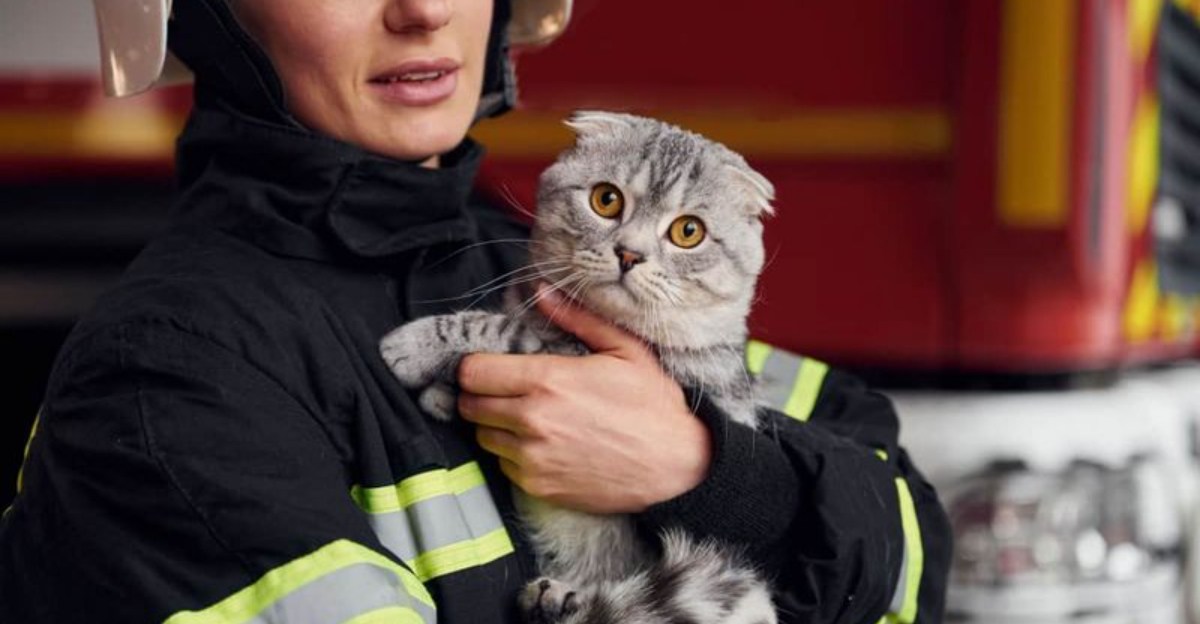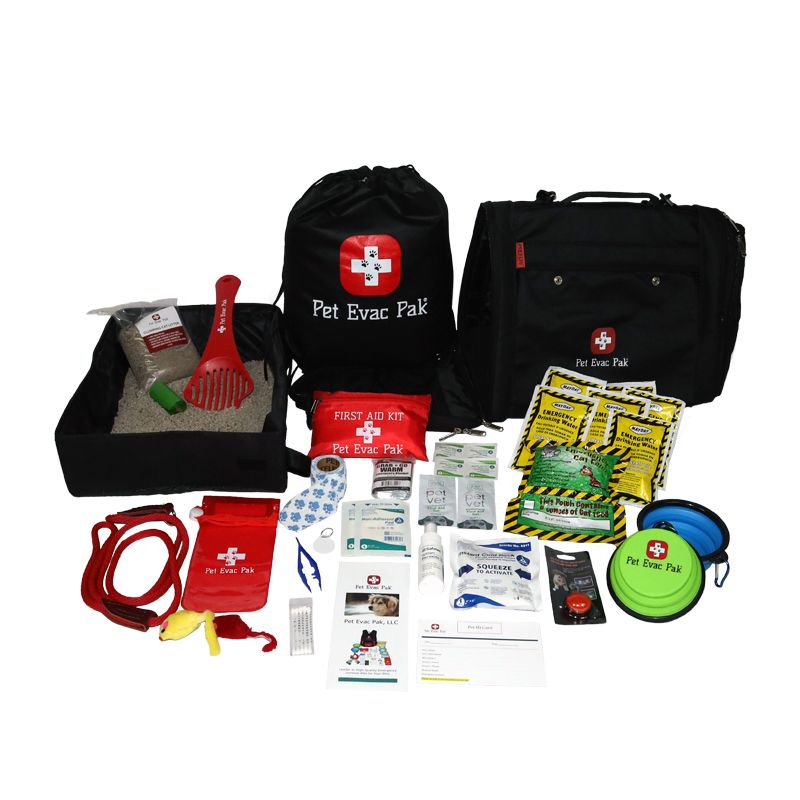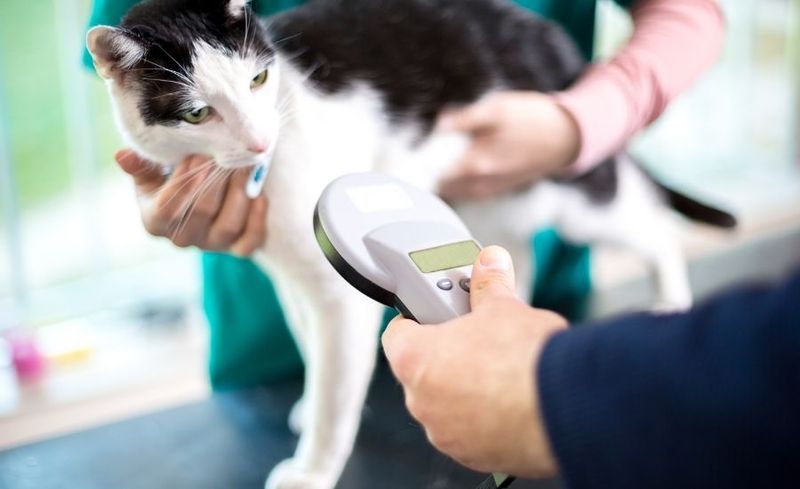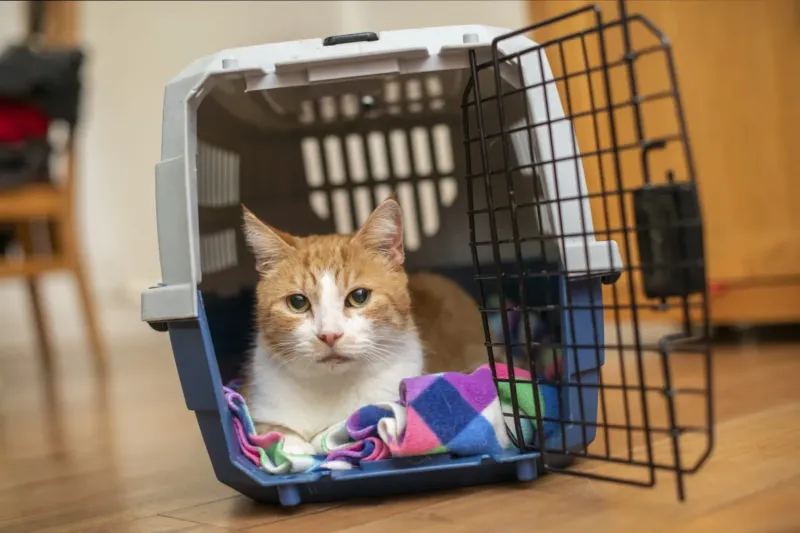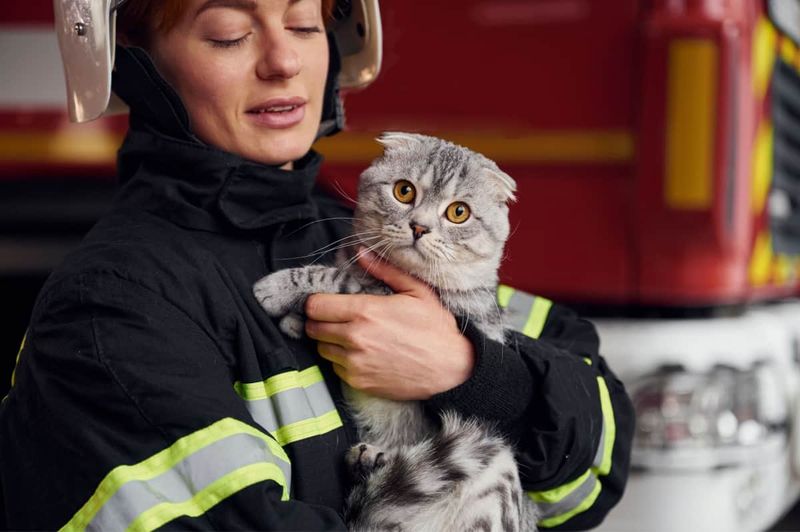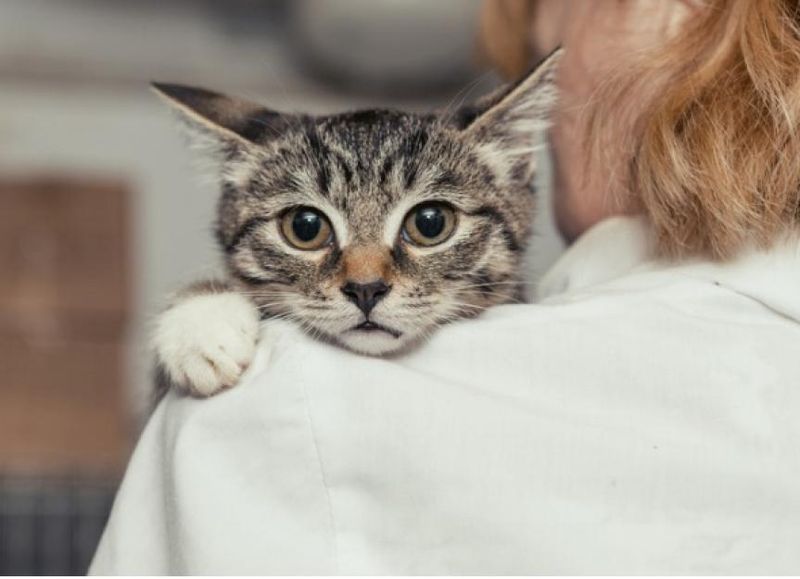📖 Table of Content:
When natural disasters strike, our instinct to protect loved ones kicks in—and for many of us, that includes our feline companions. Cats, by nature, are elusive and sensitive to change, which makes them especially vulnerable in the chaos of floods, fires, hurricanes, and other weather emergencies. Planning ahead isn’t just wise—it’s a lifeline that can mean the difference between safety and heartbreak.
Unlike dogs, cats can be harder to round up in a hurry, often hiding or fleeing when startled. In many emergency situations, time is limited, and the pressure to act swiftly can be overwhelming. That’s why creating a cat-specific plan is just as crucial as preparing your household evacuation strategy. Whether you’re in a flood-prone zone, wildfire corridor, or hurricane region, these proactive steps will help you avoid panic and ensure your pet’s survival.
The following seven tips are built not just on common-sense preparedness, but also on lessons learned from cat owners who’ve faced the worst and still managed to keep their furry family members safe. From assembling a proper emergency kit to understanding feline behavior under stress, these guidelines are your roadmap for responsible and compassionate pet guardianship in the face of nature’s unpredictability.
1. Create an Emergency Kit for Your Cat
Having a ready-to-go survival kit tailored to your cat is one of the most effective things you can do ahead of time. This should go beyond just a few cans of food—think of it as a complete mobile care station. Include several days’ worth of sealed food and bottled water, collapsible bowls, waste disposal bags, a litter tray, and extra litter. It’s also smart to stash away any necessary medications and a printed copy of veterinary records, especially vaccination and microchip details. Familiar items like a soft blanket or their favorite toy can provide emotional comfort amid the chaos. Store everything in a waterproof container or a duffel bag for quick grabs. Keep it near your main exit so you’re never scrambling when every second counts.
2. Microchip and Update ID Tags
In a moment of disaster, a frightened cat may dash out a door or window and vanish—identification is your best bet for a reunion. Microchipping offers permanent ID that can’t fall off or be removed, and shelters often scan for chips as a first step when taking in lost pets. However, microchips only work if your contact details are current in the database, so don’t forget to update that information annually or after a move. Collar tags with your phone number and emergency contact are also essential, though many indoor cats don’t usually wear them—disaster planning is the time to change that habit. Choose a breakaway collar to avoid choking hazards if it snags. Reflective or glow-in-the-dark tags can increase visibility in low light or smoke. With both microchip and collar tag in place, your odds of getting your cat back skyrocket.
3. Train Your Cat to Use a Carrier
The last thing you want during an emergency is to chase a terrified cat around the house. Instead, make the carrier a familiar and even welcome space long before you ever need to use it. Leave the carrier out in your home as a cozy nook, not just something that appears before stressful events like vet visits. Toss in treats or line it with a plush towel to turn it into a spot your cat willingly enters. Practice quick, low-stress “carrier drills” where you briefly close the door and carry them to simulate an evacuation. These short sessions can build trust and reduce anxiety when it’s go-time. Some cats even learn to associate the carrier with safety, which is exactly the response you want in a crisis. A cat who walks into their own escape pod is worth every bit of early training.
4. Know Your Cat’s Hiding Spots
Cats are experts at disappearing into furniture, closets, and tight spaces—especially when they sense trouble. In an emergency, you don’t want to lose precious minutes searching behind every bookcase and bed. Start by observing your cat’s favorite hiding places during thunderstorms or vacuuming sessions; these behaviors will likely intensify during disasters. Once you know their patterns, you can plan how to quickly access them, even if that means keeping doors open or clearing space behind furniture. Consider designating a safe room when a storm is approaching, limiting where your cat can run and making them easier to reach. This proactive habit turns frantic chases into smooth retrievals. And when seconds matter, knowing exactly where to find your feline can mean a safer exit for both of you.
5. Evacuate Early When Possible
Waiting until the last moment to evacuate is a gamble—especially when animals are involved. Roads may become blocked, shelters may reach capacity, and your cat may be too stressed to cooperate. By leaving early, you avoid the rush and increase your options for safe, pet-friendly accommodations. Research hotels or friends in advance who welcome cats, and always have their contact info handy. Keep your cat confined to one room with their carrier nearby during high-alert periods, so you can scoop and go without a chase. Early departures also reduce exposure to smoke, floodwater, or hazardous debris—things that can harm cats even more severely than humans. Choosing to act sooner rather than later protects everyone’s health and sanity.
6. Use Pet Alert Window Stickers
Pet alert stickers are a simple but powerful tool that could save your cat’s life if you’re separated. These weatherproof decals go on your front door or window and list how many pets are inside and what type. In the event of a fire, flood, or emergency entry by first responders, this helps them prioritize animal rescues quickly. Keep the information updated—especially if you foster or adopt frequently. Some stickers even come with room-specific versions, letting rescuers know exactly where to look. Combine this with a backup plan (such as a neighbor who knows to check on your pets) to increase effectiveness. In high-stress scenarios, every bit of clear communication helps those trying to help you.
7. Reassure and Monitor Your Cat Post-Disaster
Even after the storm passes or the evacuation ends, your cat may carry lingering stress that affects their behavior and health. Watch for signs like hiding, aggression, loss of appetite, or bathroom accidents—these can be emotional responses to trauma. Create a quiet, low-light space where they can decompress, and avoid overwhelming them with noise or visitors. Reintroduce routines gradually to give them a sense of stability. If symptoms persist, consult your vet to rule out injury or illness. Patience is key, as some cats may take weeks to return to normal. Remember, just like humans, they’ve been through an ordeal and need time to heal.
